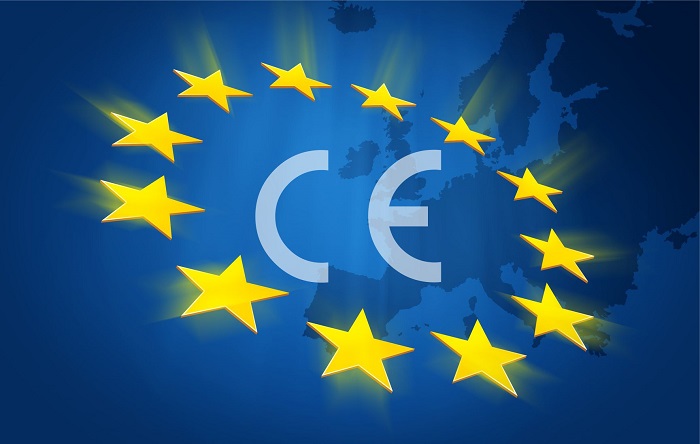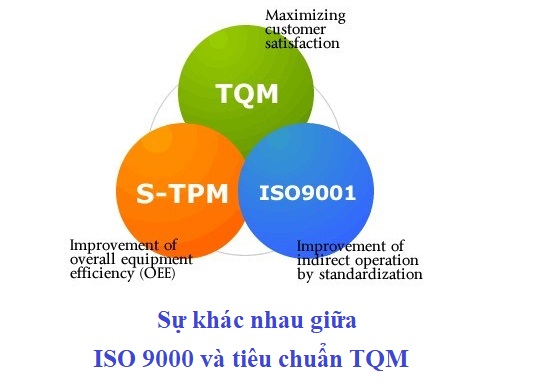
Common questions of CE MARKING
The word "CE" in CE label must be appropriate for the prescribed rate, can be directly labeled on products or packaging. Regardless of the size of "CE" symbol,....
At present, quality management standards are applied by many enterprises and bring many benefits for them. One of the most widely used quality management standards is ISO 9000 and TQM. In this article, we will help you distinguish these two sets of standards.
Quality experts will help differentiate ISO 9000 and TQM standards. According to quality experts, ISO 9000 is a top quality management model based on contracts and principles. Comprehensive quality management (TQM) systems include independent bottom-up operations based on trust, responsibility and performance guarantee by quality group.
In order to successfully apply the quality of the quality management system, enterprises must understand fundamental characteristics when they select the systems of the quality of the business needs to Ass the Firm the basic base database. It is necessary to set goals and requirements that enterprises expect to get then it can choose suitable management models for each development stage.
According to the expert, ISO 9000 is a top-down quality management model based on the names of contracts and principles. TQM consists of independent activities from the bottom up based on the responsibility and trust and assurance of the performance of quality groups.
ISO 9000 promotes the contract and sets out the principles of writing but negatively determines the quantitative factors. TQM is the combination of the power of people, every unit to carry out activities of improvement, continuous improvement, the major to create the transformation.
The expert describes the differences between ISO 9000 và TQM in the table below:
|
1 |
Objective |
Ensure quality, thereby build customer trust |
Manage internally quality |
|
2 |
Scope |
- Focus only on quality systems, require continuous evaluation and improvement of quality system elements. - No mention of conformity of products with specific product standards. |
Wider: - Covering all benefits including the interests of the organization as well as the society and members of the organization. - Cover all aspects of production: quality, price, delivery, safety |
|
3 |
Management Principle |
Control of activities by standardization and documentation: - Provide standard texts, forcing everyone in the organization to comply - Set common standards for all quality systems, with third-party evaluations |
- Put people at the center, find ways to promote human potential such as: granting self-management, self-inspection, encouraging collective spirit. - Focus on continuous improvement of processes so that they do not require absolute adherence to standards but allow development beyond control and benchmarking. |
|
4 |
Content |
- Specify the requirements for the supplier; What to do to achieve quality assurance - Do not just show specific ways to achieve that requirement |
Many effective management measures have been considered as success such as: 5S, PDCA, QCC, TQC, TPM, JIT, 7 Tools |
|
5 |
Feature |
As a widely accepted international standard and third party pre-audit - Be trusted by customers - It is a good start for building a new management system for organizations / enterprises. |
- Provide a variety of specifict management methods and tool - Any organization can carry out some TQM activities, including the efficient operation of the PDCA cycle. |
According to experts, businesses should apply the strengths of the two quality management systems. For large companies that have applied TQM, the ISO 9000 quality system should be applied and animated. For smaller companies that do not have TQM, the ISO 9000 system should be applied. Newly completed and applied TQM.Khóa học quản lý chất lượng toàn diện TQM: Tại đây
Contact KNA CERT for detailed support of ISO 9001:2015 certification!
